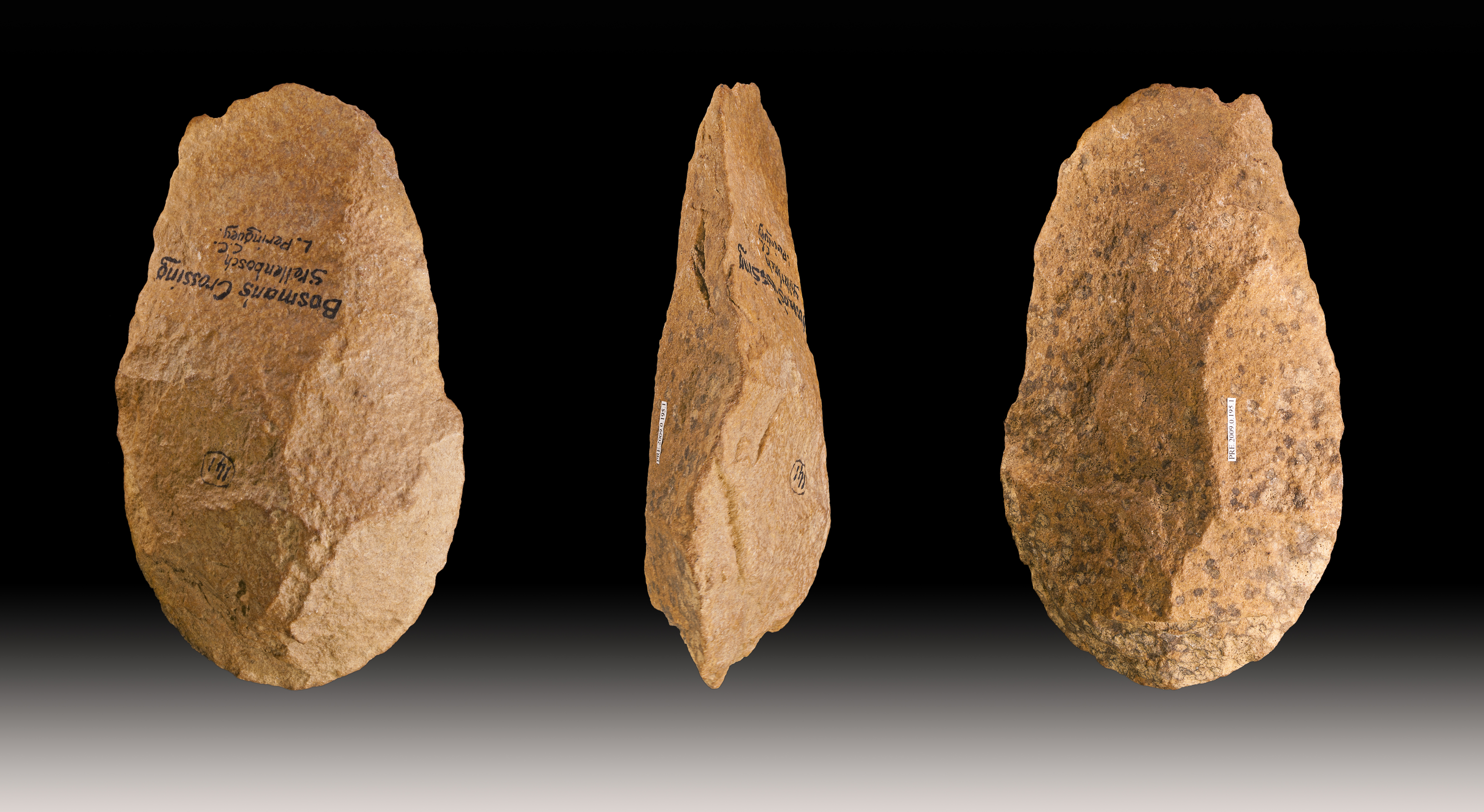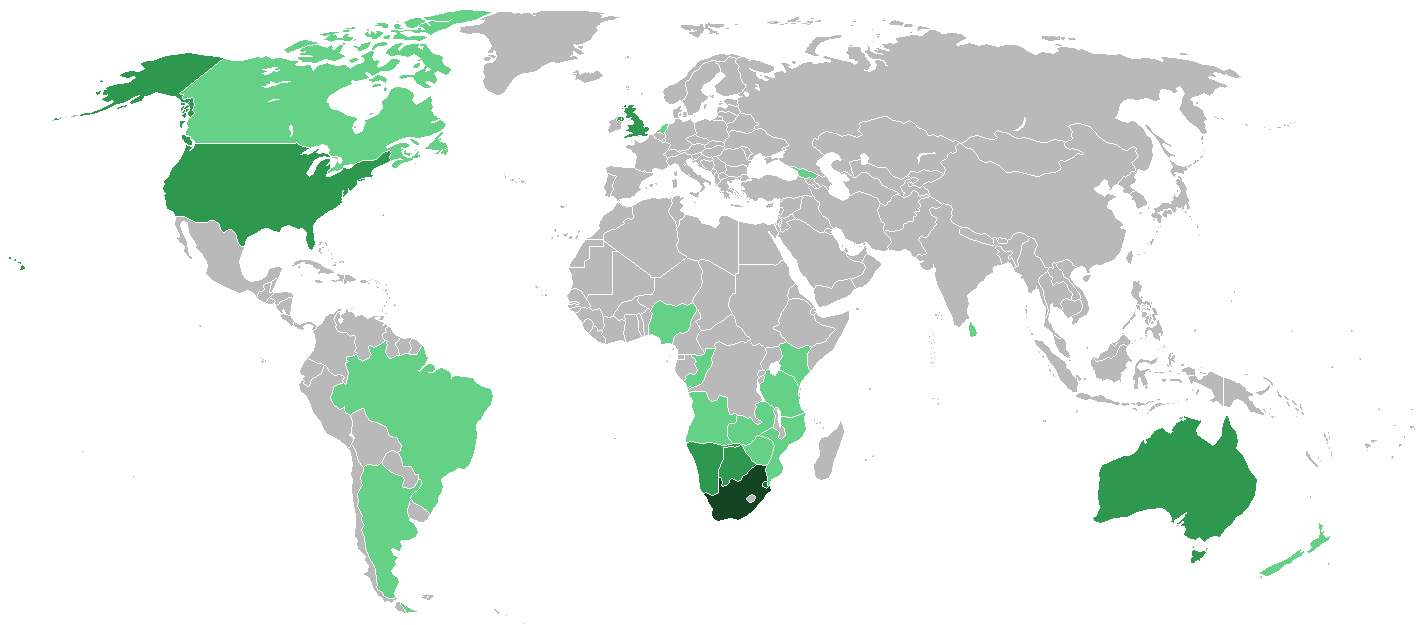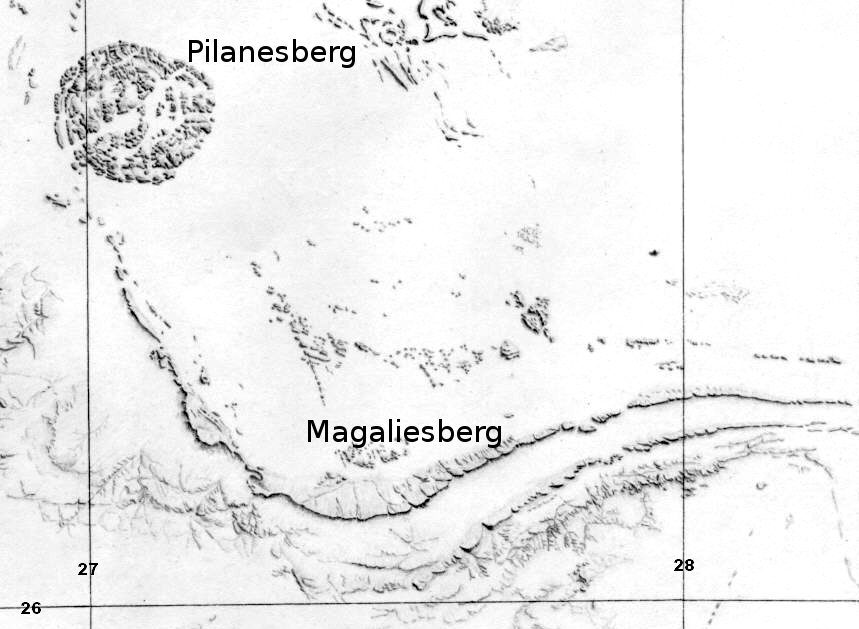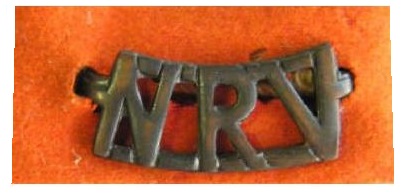|
Christiaan Beyers
Christiaan Frederik Beyers (23 September 1869 – 8 December 1914) was a Boer attorney, politician and general during the Second Boer War and one of the leaders of the pro-German Maritz rebellion (1914 – 1915) against the government of the Union of South Africa.A.E., ''Onze Krijgs-officieren. Album van portretten met levens-schetsen der Transvaalse Generaals en Kommandanten'', 1904, p. 37.Chisholm 1922 Biography Beyers was born on his family farm Banhoek near Stellenbosch, Cape Colony. He graduated there at Victoria College as an attorney in 1889. Transvaal attorney and Boer War general Shortly afterwards he migrated to Pretoria in the South African Republic (Transvaal), where he passed his legal ''procureur'' exam in 1894. He then settled in Boksburg starting a legal practice with his friends König and Malherbe. He married his legal partner's sister Mathilde König. As a sportsman, he played for the Transvaal Rugby Team against the first British Lions. In 1896, he wa ... [...More Info...] [...Related Items...] OR: [Wikipedia] [Google] [Baidu] |
Stellenbosch
Stellenbosch (; )A Universal Pronouncing Gazetteer. Thomas Baldwin, 1852. Philadelphia: Lippincott, Grambo & Co.A Grammar of Afrikaans. Bruce C. Donaldson. 1993. Berlin: Walter de Gruyter. is a town in the Western Cape province of South Africa, situated about east of Cape Town, along the banks of the Eerste River at the foot of the Stellenbosch Mountain. The town became known as the City of Oaks or ''Eikestad'' in Afrikaans and Dutch language, Dutch due to the large number of oak trees that were planted by its founder, Simon van der Stel, to grace the streets and homesteads. [...More Info...] [...Related Items...] OR: [Wikipedia] [Google] [Baidu] |
South African Republic
The South African Republic (, abbreviated ZAR; ), also known as the Transvaal Republic, was an independent Boer republics, Boer republic in Southern Africa which existed from 1852 to 1902, when it was annexed into the British Empire as a result of the Second Boer War. The ZAR was established as a result of the 1852 Sand River Convention, in which the Government of the United Kingdom, British government agreed to formally recognise independence of the Boers living north of the Vaal River. Relations between the ZAR and Britain started to deteriorate after the British Cape Colony expanded into the Southern African interior, eventually leading to the outbreak of the First Boer War between the two nations. The Boer victory confirmed the ZAR's independence; however, Anglo-ZAR tensions soon flared up again over various diplomatic issues. In 1899, war again broke out between Britain and the ZAR, which was swiftly occupied by British forces. Many Boer combatants in the ZAR Bittereinder, ... [...More Info...] [...Related Items...] OR: [Wikipedia] [Google] [Baidu] |
Afrikaners
Afrikaners () are a Southern African ethnic group descended from predominantly Dutch people, Dutch Settler colonialism, settlers who first arrived at the Cape of Good Hope in Free Burghers in the Dutch Cape Colony, 1652.Entry: Cape Colony. ''Encyclopædia Britannica Volume 4 Part 2: Brain to Casting''. Encyclopædia Britannica, Inc. 1933. James Louis Garvin, editor. Until 1994, they dominated South Africa's politics as well as the country's commercial agricultural sector. Afrikaans, a language which evolved from the Hollandic Dutch, Dutch dialect of South Holland, is the First language, mother tongue of Afrikaners and most Cape Coloureds. According to the 2022 South African census, South African National Census of 2022, 10.6% of South Africans claimed to speak Afrikaans as a first language at home, making it the country's third-largest home language after Zulu language, Zulu and Xhosa language, Xhosa. The arrival of Portugal, Portuguese explorer Vasco da Gama at Calicut, In ... [...More Info...] [...Related Items...] OR: [Wikipedia] [Google] [Baidu] |
Magaliesberg
The Magaliesberg (historically also known as ''Macalisberg'' or ''Cashan Mountains'') of northern South Africa, is a modest but well-defined mountain range composed mainly of quartzites. It rises at a point south of the Pilanesberg (and the Pilanesberg National Park) to form a curved prominence that intersects suburban Pretoria before it peters out some to the east, just south of Bronkhorstspruit. The highest point of the Magaliesberg is reached at Nooitgedacht, about above sea level. A cableway reaching to the top of the mountain range is located at Hartbeespoort Dam, providing sweeping views of the Magaliesberg and surrounding area. Geology The Magaliesberg has ancient origins. Its composition is ascribed to successive geological processes over a very protracted history. Its quartzites, shales, chert and dolomite were deposited as sediments in an inland basin on top of a 3 billion year old Archaean Basement Complex, known as the Kaapvaal craton. This process of sedi ... [...More Info...] [...Related Items...] OR: [Wikipedia] [Google] [Baidu] |
Battle Of Nooitgedacht
In the Battle of Nooitgedacht on 13 December 1900, Boer commandos led by Generals Koos de la Rey and Christiaan Beyers combined to deal a defeat to a British brigade under the command of Major General R. A. P. Clements during the Second Boer War. Background Lord Roberts captured Pretoria on 5 June and the armies soon passed to the east. After the guerrilla war began, a force under Clements harried the Boers in the Moot, a valley in the Magaliesberg mountains. By the end of the year, the British grew careless. On 2 December, De la Rey's commando ambushed an ox-wagon convoy east of Rustenburg, killing and wounding 64 British soldiers and capturing 54 men and 118 wagons. De la Rey's deputy, Jan Smuts had a close call when a bullet intended for him killed another Boer. The raiders appropriated the boots and clothing and burned the rest of the supplies, while setting their prisoners free. De la Rey scouted Clement's camp at Nooitgedacht for three days. The camp had good water s ... [...More Info...] [...Related Items...] OR: [Wikipedia] [Google] [Baidu] |
Koos De La Rey
Jacobus Herculaas de la Rey (pronounced phonetically as "Ya-qui-bis Hehr-key-lahs de la Ray") (22 October 1847 – 15 September 1914), better known as Koos de la Rey, was a South African military officer who served as a Boer general during the Second Boer War. also had a political career and was one of the leading advocates of Boer independence. His death at the hands of the South African Police under controversial circumstances had a major role in sparking the Maritz rebellion. Early life Born on Doornfontein Farm in the Winburg District of the Orange Free State, Koos was the son of Adrianus Johannes Gijsbertus de la Rey and Adriana Wilhelmina van Rooyen. was a Boer of French Huguenot, Spanish and Dutch descent. His grandfather, a school teacher and the patriarch of the family in South Africa, came from Utrecht, Netherlands. After the Battle of Boomplaats, the family farm was confiscated by the British and the family trekked into the Transvaal and settled in Lichtenbu ... [...More Info...] [...Related Items...] OR: [Wikipedia] [Google] [Baidu] |
Jan Smuts
Field Marshal Jan Christian Smuts, (baptismal name Jan Christiaan Smuts, 24 May 1870 11 September 1950) was a South African statesman, military leader and philosopher. In addition to holding various military and cabinet posts, he served as Prime Minister of the Union of South Africa from 1919 to 1924 and 1939 to 1948. Smuts was born to Afrikaner parents in the British Cape Colony. He was educated at Victoria College, Stellenbosch before reading law at Christ's College, Cambridge on a scholarship. He was called to the bar at the Middle Temple in 1894 but returned home the following year. In the leadup to the Second Boer War, Smuts practised law in Pretoria, the capital of the South African Republic. He led the republic's delegation to the Bloemfontein Conference and served as an officer in a commando unit following the outbreak of war in 1899. In 1902, he played a key role in negotiating the Treaty of Vereeniging, which ended the war and resulted in the annexation of the So ... [...More Info...] [...Related Items...] OR: [Wikipedia] [Google] [Baidu] |
Battle Of Dalmanutha
The Battle of Berg-en-dal (also known as the Battle of Belfast or Battle of Dalmanutha) took place in South Africa during the Second Anglo-Boer War. The battle was the last set-piece battle of the war, although the war was still to last another two years. It was also the last time that the Boers' four 155 mm Creusot Long Tom guns were used in the same battle. Before Hostilities commenced in October 1899. On the Cape front the British forces broke through in February 1900 and the next month they were in Bloemfontein, the capital of the Orange Free State. Pretoria, the capital of the Zuid-Afrikaansche Republiek (ZAR) was captured in June 1900. The government of the ZAR and a few Boer commandos fled eastwards along the railway line to Lourenço Marques (now Maputo). They were pursued by General Pole-Carew and his 11th Infantry Division (7,500 officers and men) and a cavalry division commanded by Lieutenant-General French. Prior to the Battle of Diamond Hill on 11 June 1900, Gen ... [...More Info...] [...Related Items...] OR: [Wikipedia] [Google] [Baidu] |
Battle Of Diamond Hill
The Battle of Diamond Hill (Donkerhoek) () was an engagement of the Second Boer War that took place on 11 and 12 June 1900 in central Transvaal. Background The Boer forces retreated to the east by the time the capital of the South African Republic (Transvaal), Pretoria, was captured by British forces on 5 June 1900. British Commander-in-Chief in South Africa Field Marshal Lord Roberts had predicted a Boer surrender upon the loss of their capital, but when this was not fulfilled, he began an attack to the east in order to push Boer forces away from Pretoria and enable an advance to the Portuguese East Africa border. Prelude The commandant-general of Transvaal, Louis Botha, established a 40-kilometer north to south defensive line 29 kilometers east of Pretoria; his forces numbered up to 6,000 men and 30 guns. The Pretoria–Delagoa Bay rail line ran eastward through the center of the Boer position. Personnel from the South African Republic Police manned positions at ... [...More Info...] [...Related Items...] OR: [Wikipedia] [Google] [Baidu] |
Colony Of Natal
The Colony of Natal was a British colony in south-eastern Africa. It was proclaimed a British colony on 4 May 1843 after the British government had annexed the Boer Republic of Natalia, and on 31 May 1910 combined with three other colonies to form the Union of South Africa, as one of its provinces. It is now the KwaZulu-Natal province of South Africa. It was originally only about half the size of the present province, with the north-eastern boundaries being formed by the Tugela and Buffalo rivers beyond which lay the independent Kingdom of Zululand (''kwaZulu'' in the Zulu language). Fierce conflict with the Zulu population led to the evacuation of Durban, and eventually, the Boers accepted British annexation in 1844 under military pressure. A British governor was appointed to the region and many settlers emigrated from Europe and the Cape Colony. The British established a sugar cane industry in the 1860s. Farm owners had a difficult time attracting Zulu labourers to wor ... [...More Info...] [...Related Items...] OR: [Wikipedia] [Google] [Baidu] |
Boksburg Commando
Boksburg Commando was a light infantry regiment of the South African Army. It formed part of the South African Army Infantry Formation as well as the South African Territorial Reserve. History Origin The first Boksburg Commando was originally mobilised in 1899 and moved to the Transvaal border. Operations With the Zuid Afrikaanse Republiek When the Anglo Boer war was declared this commando crossed the border and occupied Newcastle in Natal. Under Commandant A.J. Dercksen, the Commando had a combined strength of 2,013 with the Germiston and Johannesburg Commandos. The commando fought at Sandspruit, Colenso, Hlangwane, Thukela, Pieter's Hill, Driefontein, Lang's Nek, Donkerhoek, Komati Poort, Renosterkop, Helvetia, and in North Eastern Transvaal. Other operations in this era include: * Battle of Elandslaagte (1899) * Derailing of an armoured train near Colenso and capture of Winston Churchill * Battle of Colenso (1899) * Battle of Spion Kop (1900) * Battle of Bergendal ( ... [...More Info...] [...Related Items...] OR: [Wikipedia] [Google] [Baidu] |
Suffrage
Suffrage, political franchise, or simply franchise is the right to vote in public, political elections and referendums (although the term is sometimes used for any right to vote). In some languages, and occasionally in English, the right to vote is called active suffrage, as distinct from passive suffrage, which is the right to stand for election. The combination of active and passive suffrage is sometimes called ''full suffrage''. In most democracies, eligible voters can vote in elections for representatives. Voting on issues by referendum ( direct democracy) may also be available. For example, in Switzerland, this is permitted at all levels of government. In the United States, some states allow citizens the opportunity to write, propose, and vote on referendums ( popular initiatives); other states and the federal government do not. Referendums in the United Kingdom are rare. Suffrage continues to be especially restricted on the basis of age, residency and citizenship ... [...More Info...] [...Related Items...] OR: [Wikipedia] [Google] [Baidu] |








